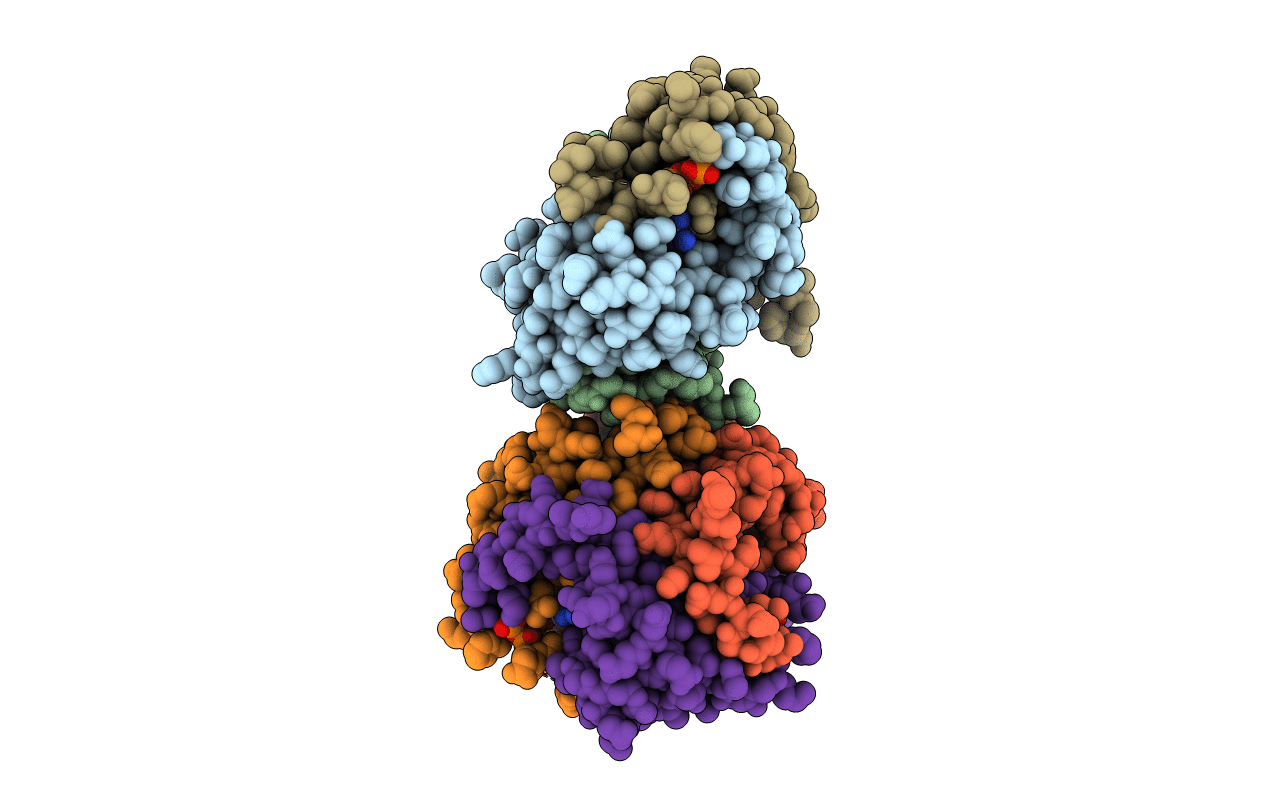
Deposition Date
2011-08-03
Release Date
2011-10-26
Last Version Date
2023-09-13
Entry Detail
Biological Source:
Source Organism:
Archaeoglobus fulgidus (Taxon ID: 224325)
Host Organism:
Method Details:
Experimental Method:
Resolution:
2.30 Å
R-Value Free:
0.26
R-Value Work:
0.23
R-Value Observed:
0.23
Space Group:
C 1 2 1


